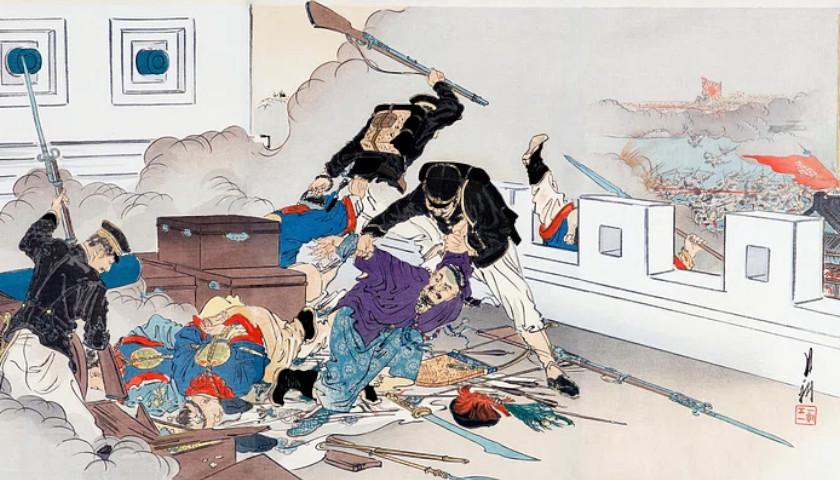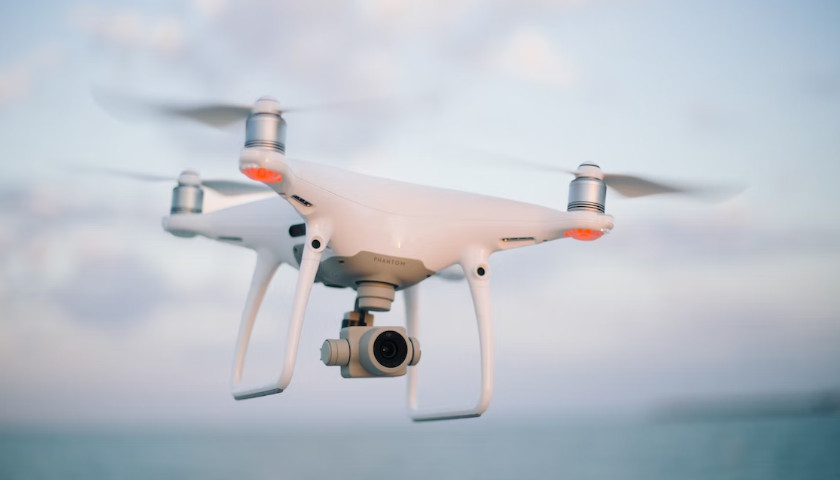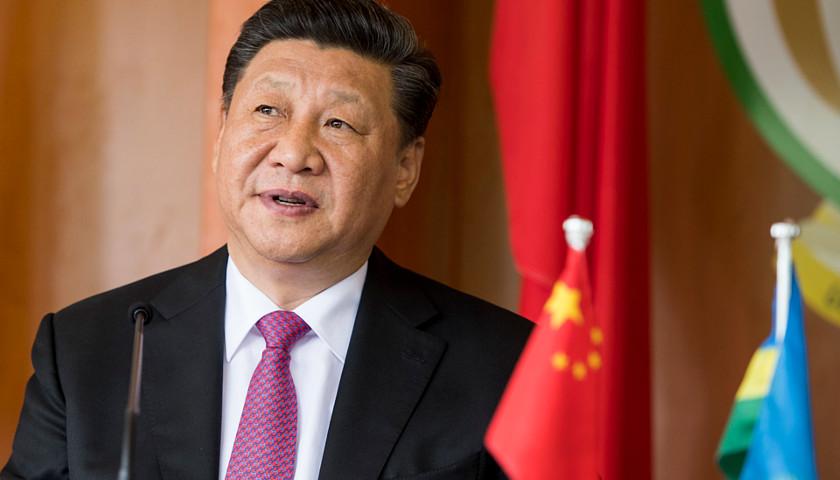by Lawrence W. Reed
“It is well that war is so terrible; otherwise, we should grow too fond of it.”
– Robert E. Lee
“Wars and rumors of wars,” to borrow a well-known Biblical phrase from Matthew 24, seem all too commonplace these days. Is that because more wars are going on now than in the past, or because mass media brings us word of them ‘round the clock? It’s a debatable point.
This much is eminently clear: War dates back as far as the day when Cain slew Abel. It’s doubtful that there ever was a time on Earth when nobody was at war with anybody. It’s a depressingly familiar curse.
Scholars repeatedly attempt to illuminate our understanding of it. Randolph Bourne famously advised us on the institution that often gains the most from it when he wrote over a century ago, “War is the health of the state.” Austrian economist Ludwig von Mises traced its sociology to the toxic myth that “the gain of one man is the damage of another; no man profits but by the loss of others.” FEE’s Dan Sanchez explored those views of Bourne and Mises in penetrating analyses.
Until recently, consensus held that war was less frequent and deadly in prehistoric times than it is today. Likewise, the notion of “the noble and peaceful savage” colored the views of Native American history. Both perspectives were decisively debunked in such works as archeologist Lawrence H. Keeley’s 1997 book, War Before Civilization: The Myth of the Peaceful Savage and the 2013 anthology edited by Richard J. Chacon and Reuben G. Mendoza, North American Indigenous Warfare and Ritual Violence.
Europe in the last 500 years knew at least as much war as it did peace. That’s where we got such cataclysms as the “Hundred Years War,” the “Thirty Years War,” the “Napoleonic Wars” and World Wars I & II.
The major Asian nations of China and Japan have fought countless wars internally, against each other, and against nearby peoples. Indeed, the history of each country includes an era known as a “Warring States Period” in which armed conflict was widespread, intense, and constant. In China, it covered a quarter-millennium—from 475 B.C. to 221 B.C. In Japan, it lasted from 1467 A.D. to 1603 A.D. “Unification” was the main issue in each instance, meaning that the armies of regional warlords butchered each other to create one big state to replace numerous smaller, decentralized ones.
For the balance of this essay, allow me to focus your attention on Japan. Its Warring States (or “Sengoku”) Period ranks as one of the most prolonged conflicts in military history, featuring 2,889 distinct battles over 13 decades. That works out to an average of 21 battles every year, or about one every two and a half weeks over five generations and across virtually all of what constitutes the nation of Japan today. (It overlaps part of the Muromachi Period, which I recently wrote about.)
Contrast that with one of the more peaceful nations, Switzerland, which hasn’t been involved in a war of any kind in the last 175 years. The very few countries to experience no war at all in their entire histories are tiny ones like Vanuatu, Iceland and San Marino.
Japan’s Sengoku Period began with a ten-year civil conflict known as the Onin War (1467-1477). The main protagonists were local, land-owning warlords (the daimyo) who threw their militias of samurai warriors into endless battle for control of the nation. Two families, the Hosokawa and Yamana, each obsessed with implacable hostility to the other, played central roles. The capital at the time, Kyoto, was left in nearly total ruin.
Historian Mark Cartwright reveals,
Even when the war ended in 1477 CE there was no victor and no resolution to the inherent militarism that fractured Japan for the next century as warlords fought each other with no one in particular ever achieving any dominance. In addition, the fighting destroyed most of Heiankyo [Kyoto] and was brutal in the extreme, as here summarized by the historian J. L. Huffman:
Most of the leading samurai families took part in what can only be described as an orgy of violence, burning of temples, ransacking shops, massacring hostages, and defiling the dead. By the war’s end in 1477 CE, the fighting had moved to the countryside because all vestiges of central control had been destroyed and Kyoto had been wiped out. “For blocks on end,” said the conflict’s leading chronicler, “birds are the sole sign of life.”
One anonymous poem, composed c. 1500 CE, captures the general mood of the times—that Japan was hurtling down a road that led only to destruction:
A bird with
One body but
Two beaks,
Pecking itself
To death.
Throughout the Sengoku Period, Japan did have an Emperor, at least on paper. But he was powerless and marginalized, relegated to a ceremonial role which remained static until the Meiji Restoration of 1868. Real power rested with the warring warlords.
By the late 16th Century, power began to crystallize around a single man. The first was Oda Nobunaga, followed by Toyotomi Hideyoshi, and finally, Tokugawa Ieyasu. It was the latter who succeeded in unifying the country and inaugurating the Tokugawa Shogunate (dictatorship). He ushered in two centuries of relative peace, though often at the expense of individual liberty.
Japan’s experience ultimately proved to be yet another rendition of an age-old phenomenon: A lust for power begets war, which begets disorder and destruction, which begets the “strong man” who then knocks heads together to bring order from the chaos. Tokugawa Ieyasu was Japan’s Napoleon and Caesar rolled into one.
The American novelist Tom Clancy once opined, “There’s nothing more pornographic than glorifying war.” How right he was. And how sad that even justifiable wars for the purposes of self-defense usually leave behind a bigger state and fewer liberties.
Japanese history illustrates the fact that, when it comes to war, the Far East is no different from the Middle East or whatever is either east or west from wherever you are.
– – –
Lawrence W. Reed is FEE’s Interim President, having previously served for nearly 11 years as FEE’s president (2008-2019).





